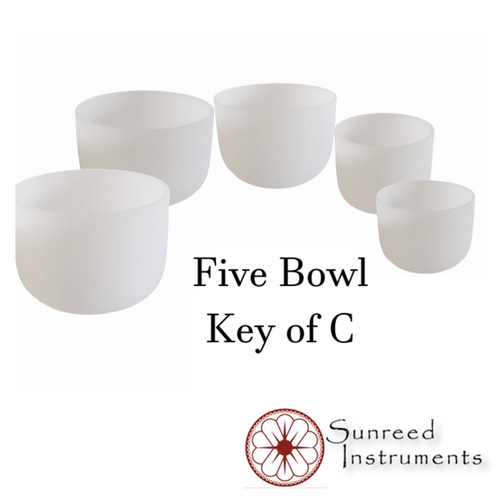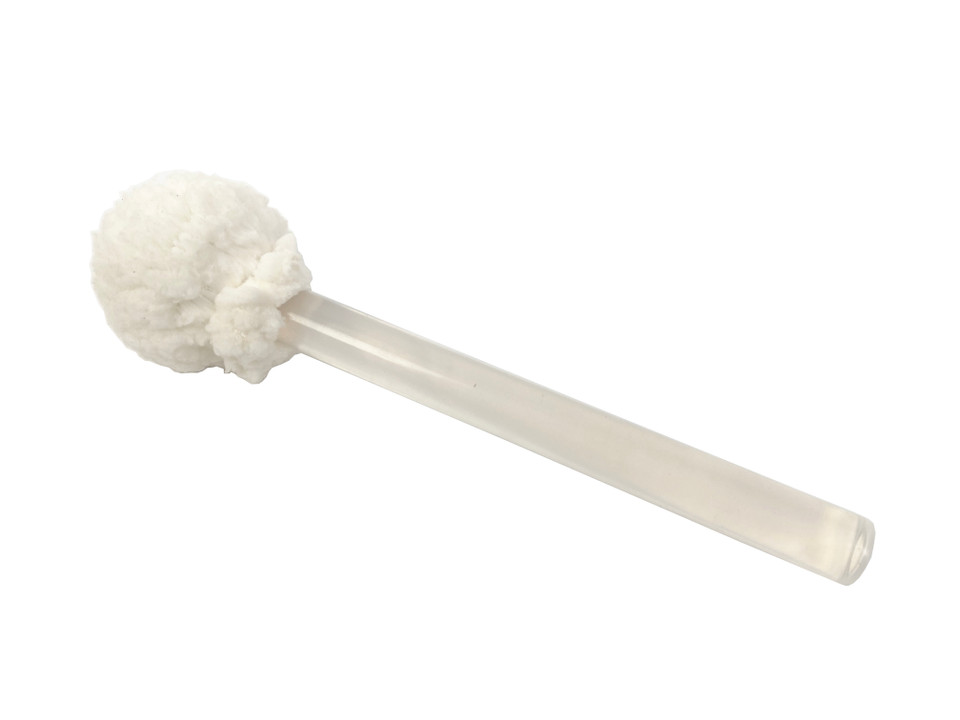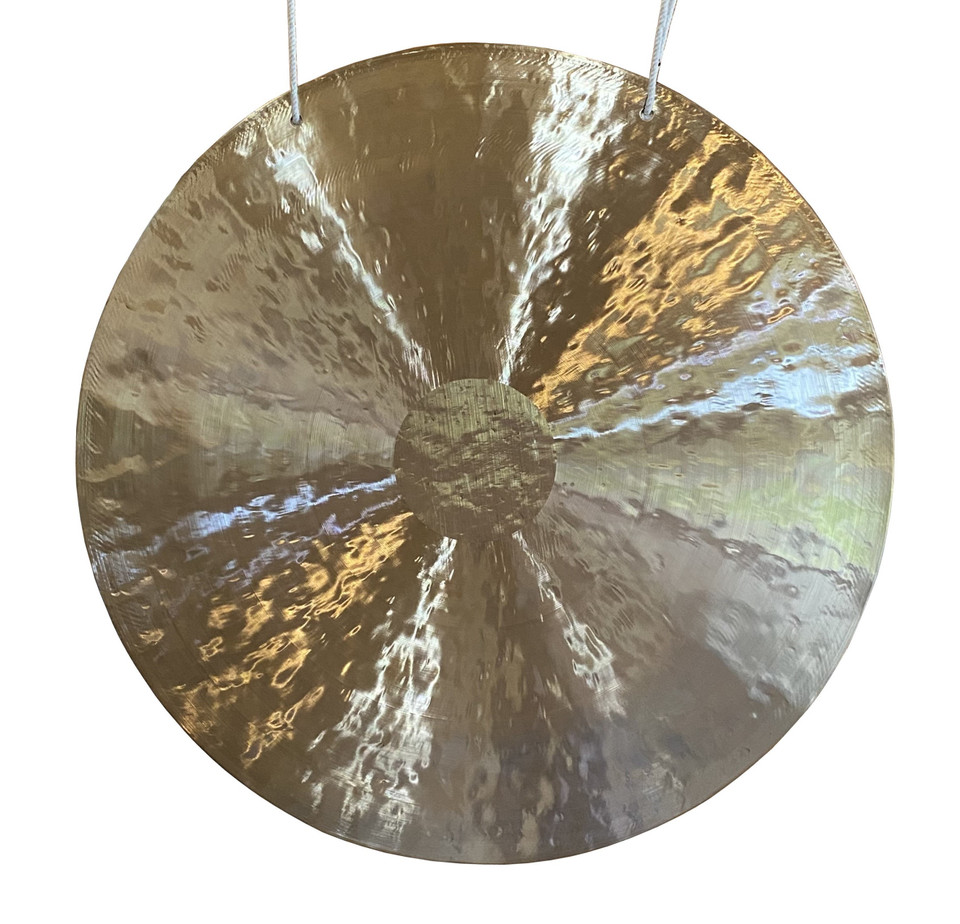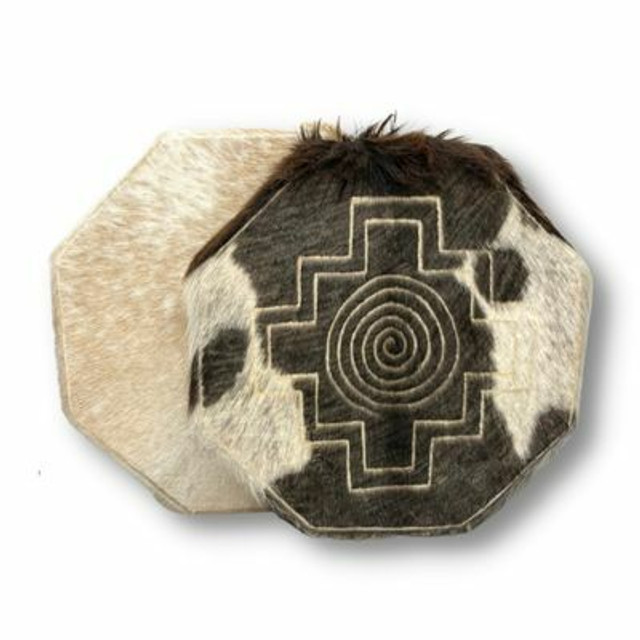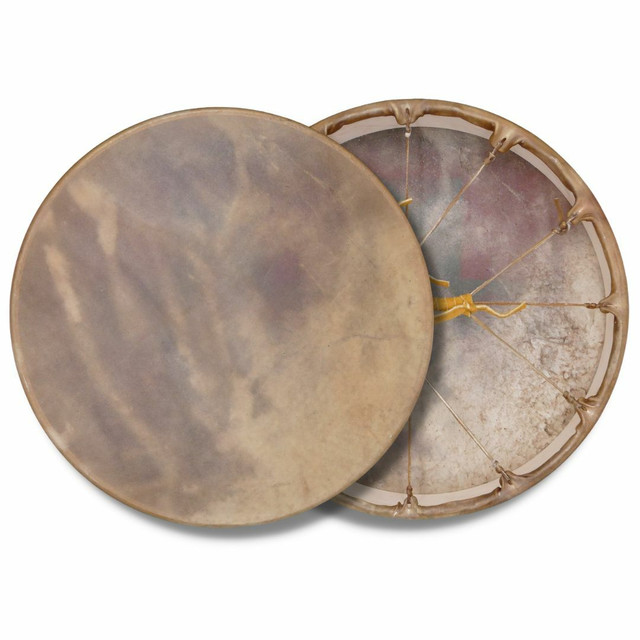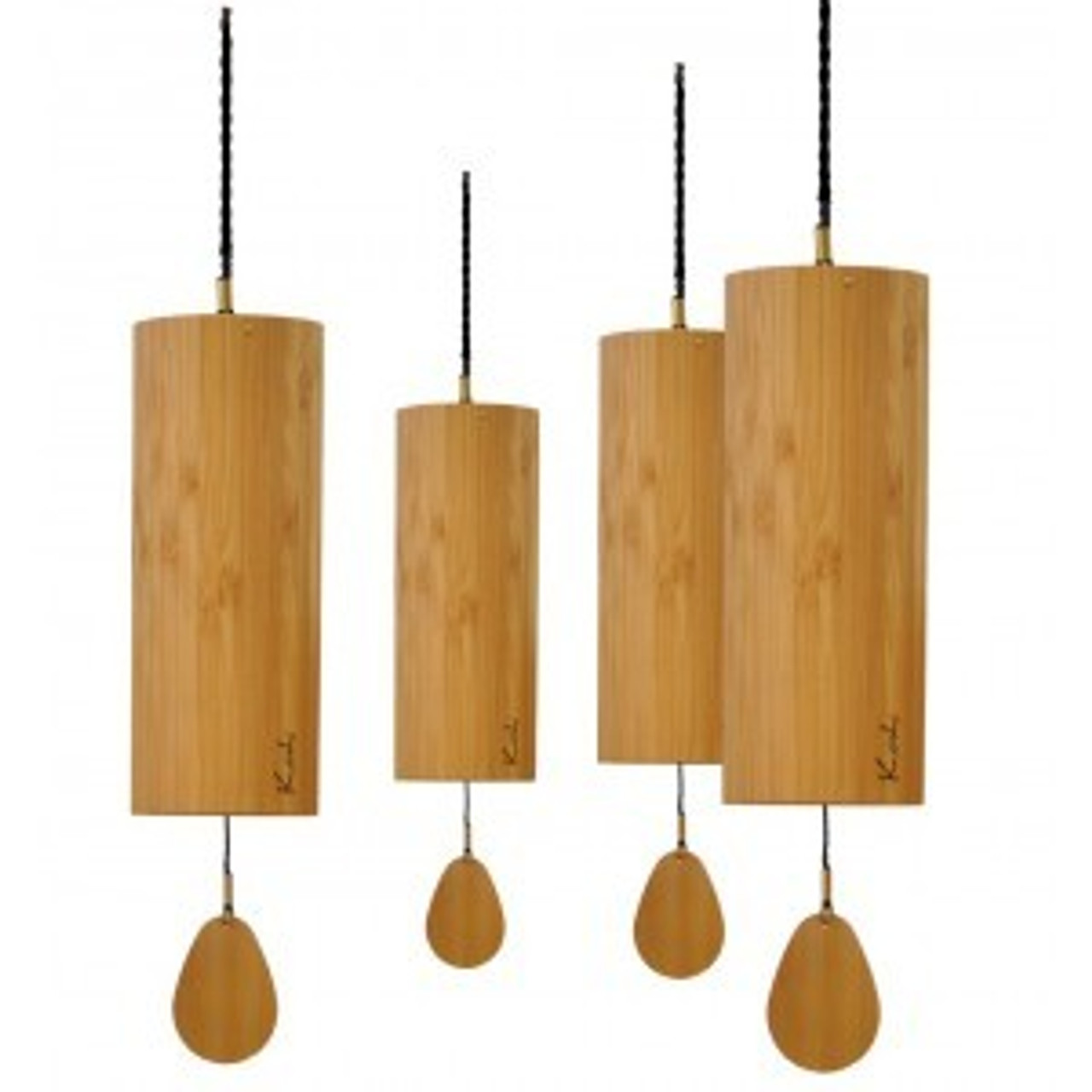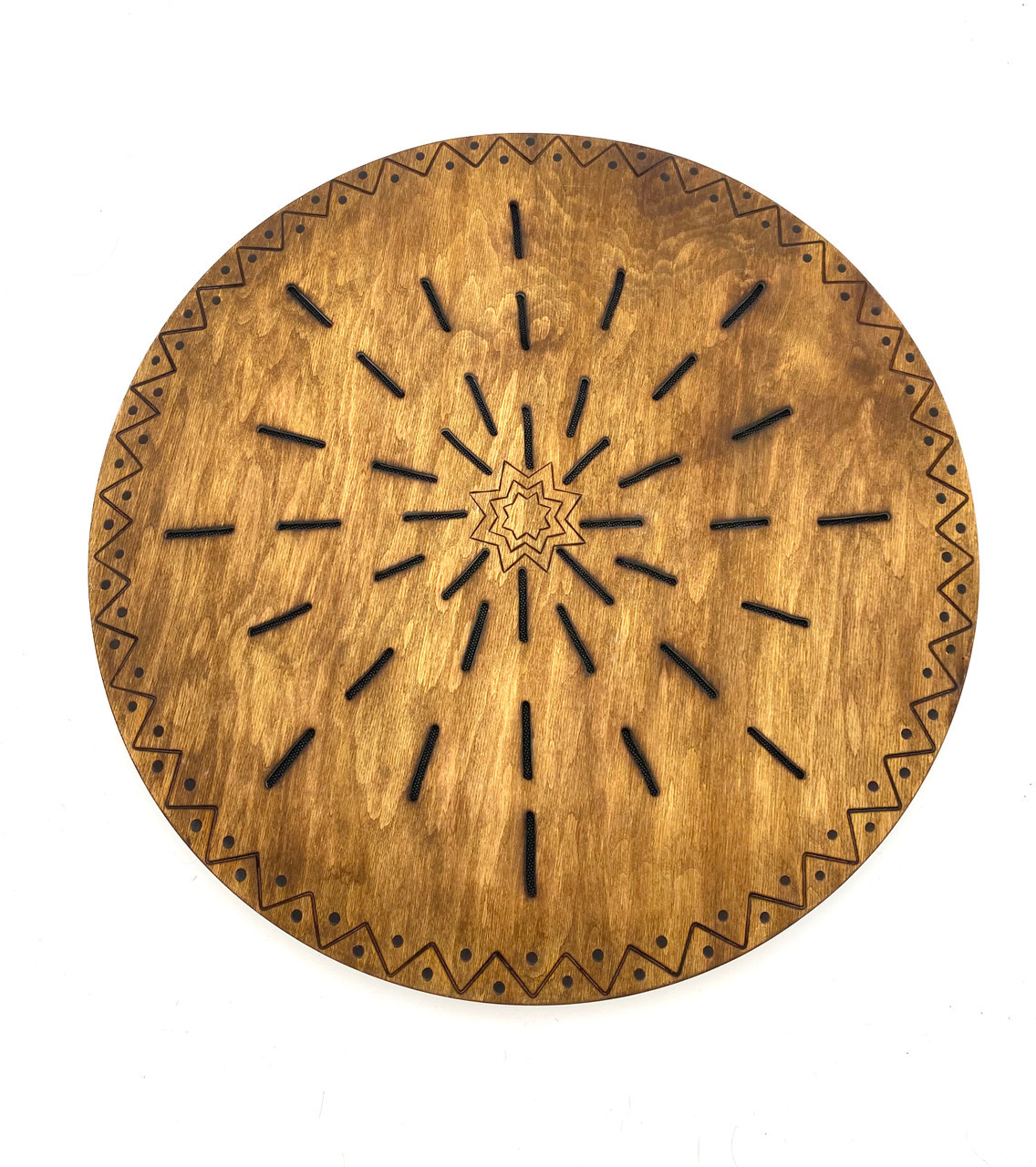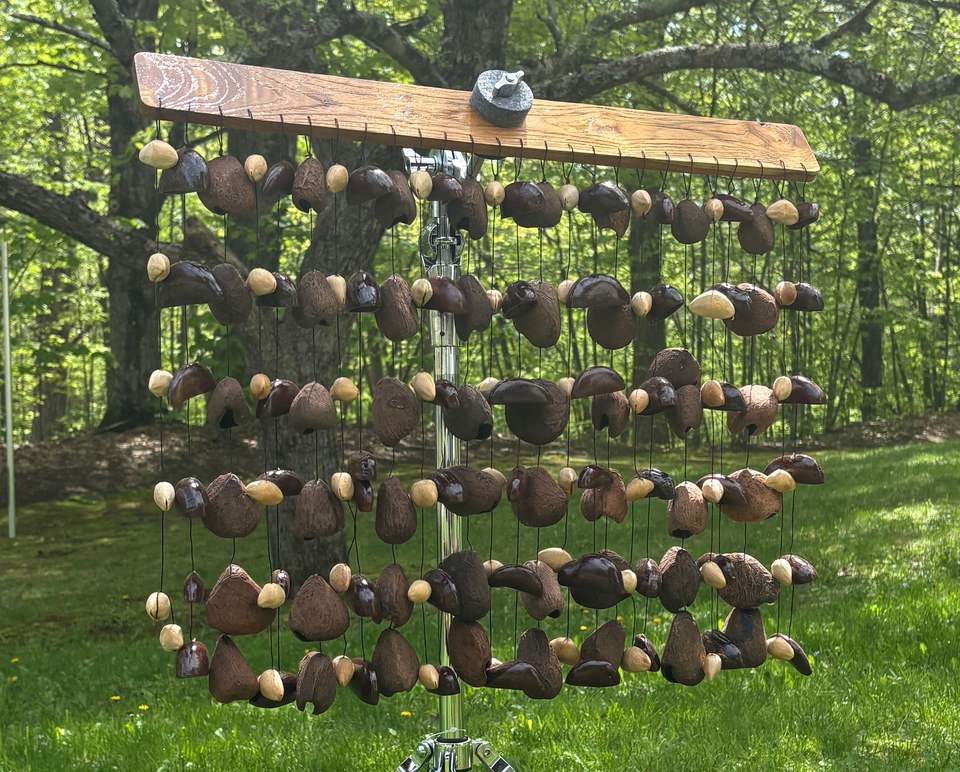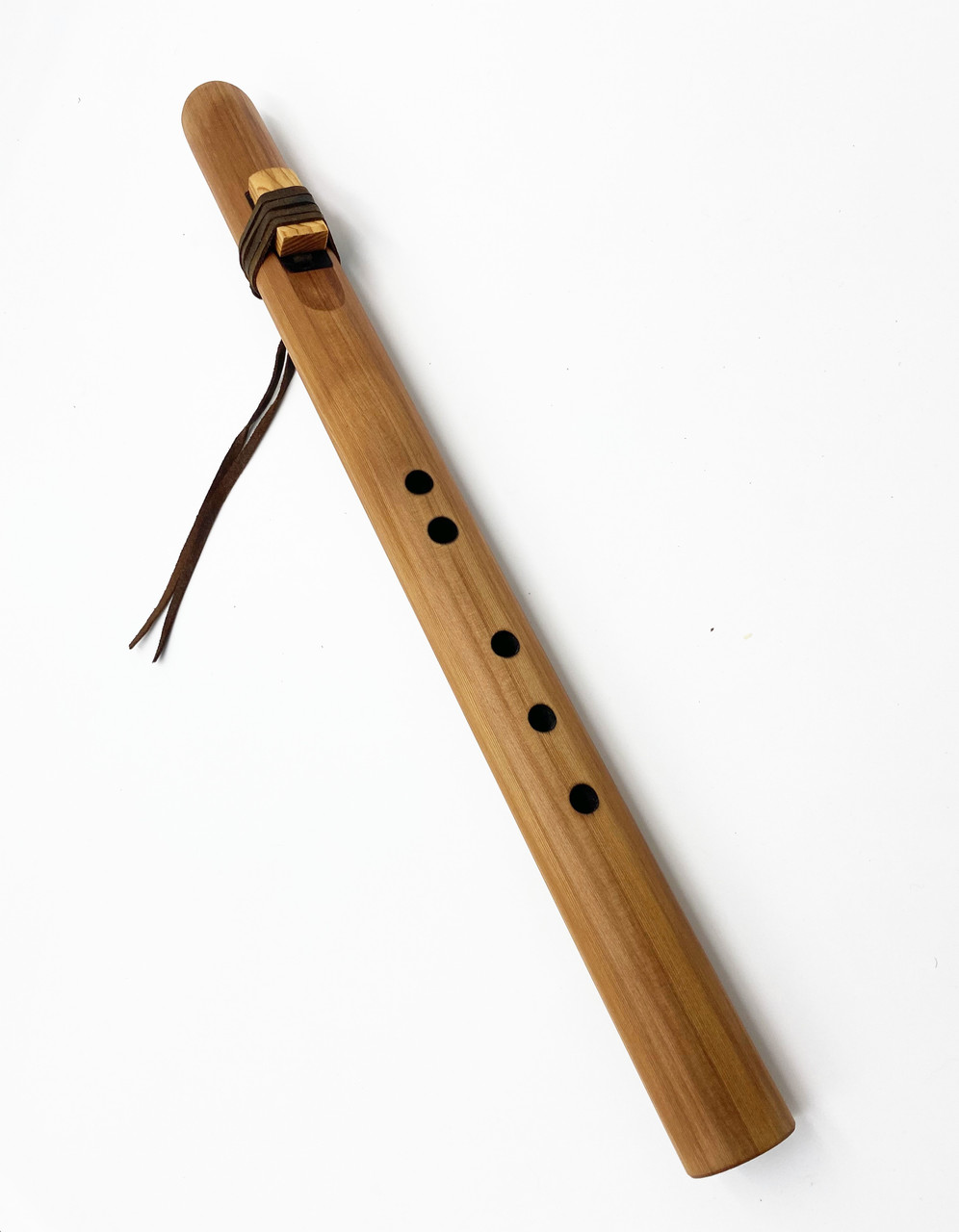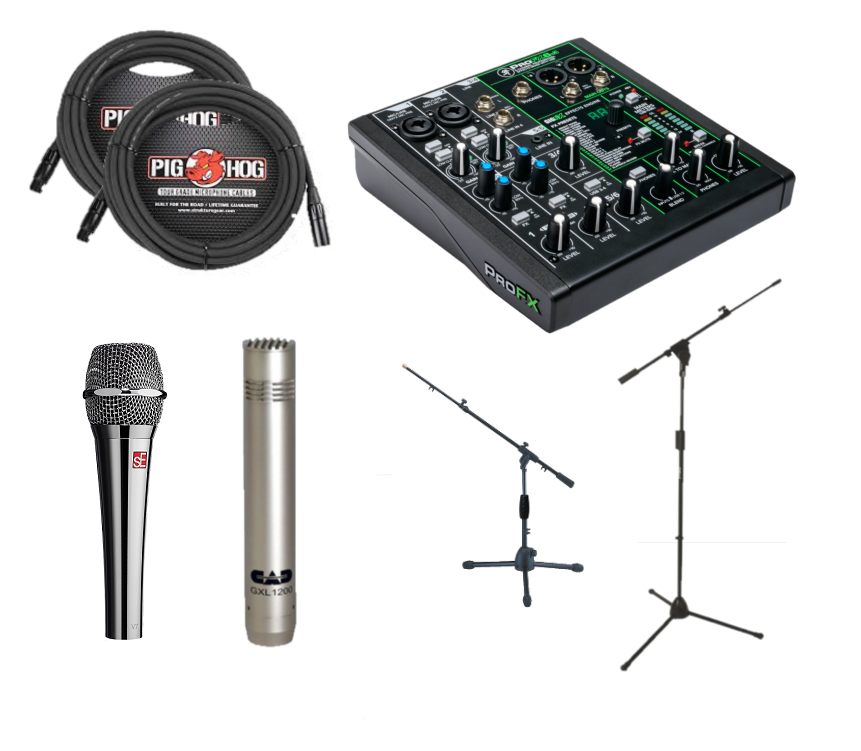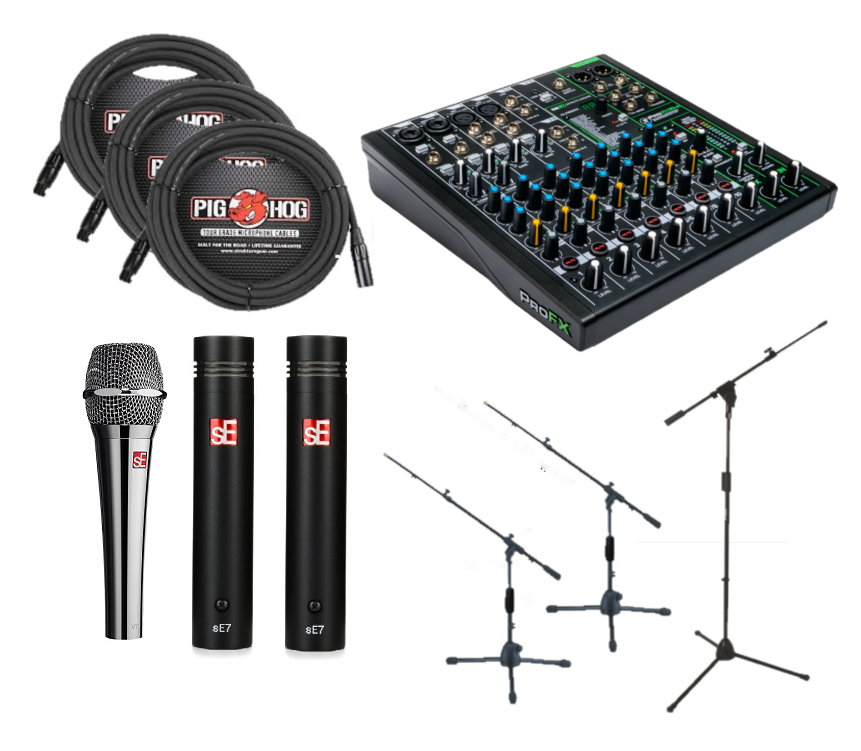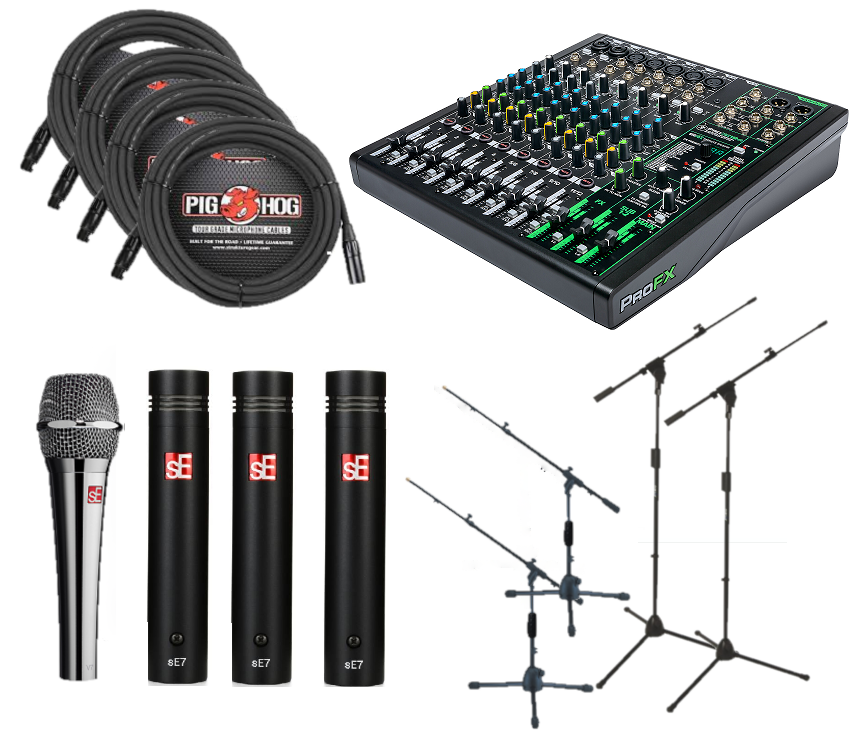Guide To Purchasing Audio Equipment For Live Sound Healing And Zoom
Hearing clearly the full notes from a drum, crystal bowl or gong in detail is an important aspect to sound healing. Using a microphone or audio system that can not handle the wide array of tones, volumes and amount of vibration, diminishes the quality of the meditative experience. Using inexpensive audio equipment for sound healing over Zoom does not work well. Either the instruments sound distorted, muted, clicky, or only a small fraction of the sound is heard. In our experience, it is clear that using quality microphones designed for the job is important when using sound healing instruments online, or amplifying the instruments live with speakers.
What Equipment Do I Need For Sound Healing Online?
The first thing you need is the right microphone for the job. Not all microphones are made equally. Inexpensive USB microphones, or microphones that are made for podcasting, are not designed to accurately record the range of tones and intensity of tones used in sound healing. If you play a crystal bowl into a USB microphone, you will only get a small portion of the bowls sound, and most likely the bowl will sound distorted. A simple microphone that plugs straight into your computer will not pick up a gong or drum cleanly. On the other hand, you do not need to invest in microphones that are worth thousands of dollars (unless you want to) to get good audio quality. What is important is getting the right microphone designed for the job. Under Choosing A Microphone below, I discuss more the different types of microphones.
Good quality microphones that can be used for sound healing online do not plug directly into a computer. The microphone plug into a little box called a mixer, with USB capability, which is then plugged into the computer. The mixer will convert the audio signal from the microphone and send that into your computer, so that it can be transmitted over applications such as Zoom. The mixer also controls the quality of the sound from each microphone, so you can fine tune the quality of the sound for each instrument you use. Our audio packages have different sized mixers, depending on how many microphones you will need to use. Read more below under Choosing A Mixer, and How Many Microphones Do I Need, to understand better what size of mixer is right for you.
After you have the right microphones, and a mixer with USB capability, the last things you will need are microphone stands to hold the microphones, and XLR cables to plug the microphones into the mixer. We sell all of these products as complete audio packages, so you can purchase everything you need for high quality sound healing sessions online.
This may seem like a lot of equipment needed. And, it is true that it would be simpler if you could just plug a single microphone straight into a computer, and start recording. However, if you would like to do sound healing over Zoom or Facebook Live, with good audio quality, that gets close to matching the quality of a live session, you will need to get the right equipment for the job. Read more below to learn more about the microphones, mixers, and how many microphones and what size of mixer you will need for your sessions.
Why Would I Amplify My Live Sound Baths With Audio Equipment?
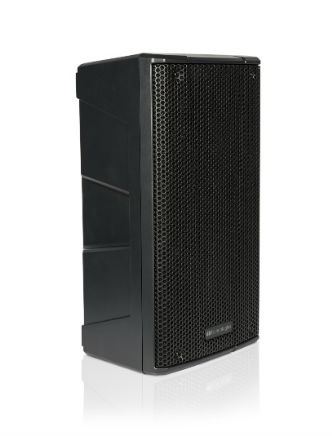 Unless you are in a small space, amplifying your sound with live audio equipment adds a lot of value to your work. Your clients are resting, or meditation, and listening to the sounds you are making. Live amplification through using microphones and a speaker system will better allow your participants to become enveloped with the sounds you are making. The speaker system amplifies the quality of vibration you are manifesting in the room. It will allow participants to hear you more clearly, hear the sound more clearly, and feel the sound more clearly than without amplification.
Unless you are in a small space, amplifying your sound with live audio equipment adds a lot of value to your work. Your clients are resting, or meditation, and listening to the sounds you are making. Live amplification through using microphones and a speaker system will better allow your participants to become enveloped with the sounds you are making. The speaker system amplifies the quality of vibration you are manifesting in the room. It will allow participants to hear you more clearly, hear the sound more clearly, and feel the sound more clearly than without amplification.
You can use any of the audio packages we sell for live audio, or online sound sessions. They are compatible for both. For a live sound session, you will as well want to include with your purchases our speaker, found at the bottom of our audio equipment offerings. Our audio packages include both voice and instrument microphones, as well as a mixer. Read the further sections to understand better how many microphones you will need for your work, and which audio package will serve you. Also we love talking to our customers about their microphone needs, ensuring they get the right package so give us a call!
Choosing A Microphone. Wired vs. Wireless. Voice vs Instrument.
In our audio packages, we sell three types of microphones, a dynamic vocal mic, a wireless vocal mic, and a condenser microphone for the instruments.
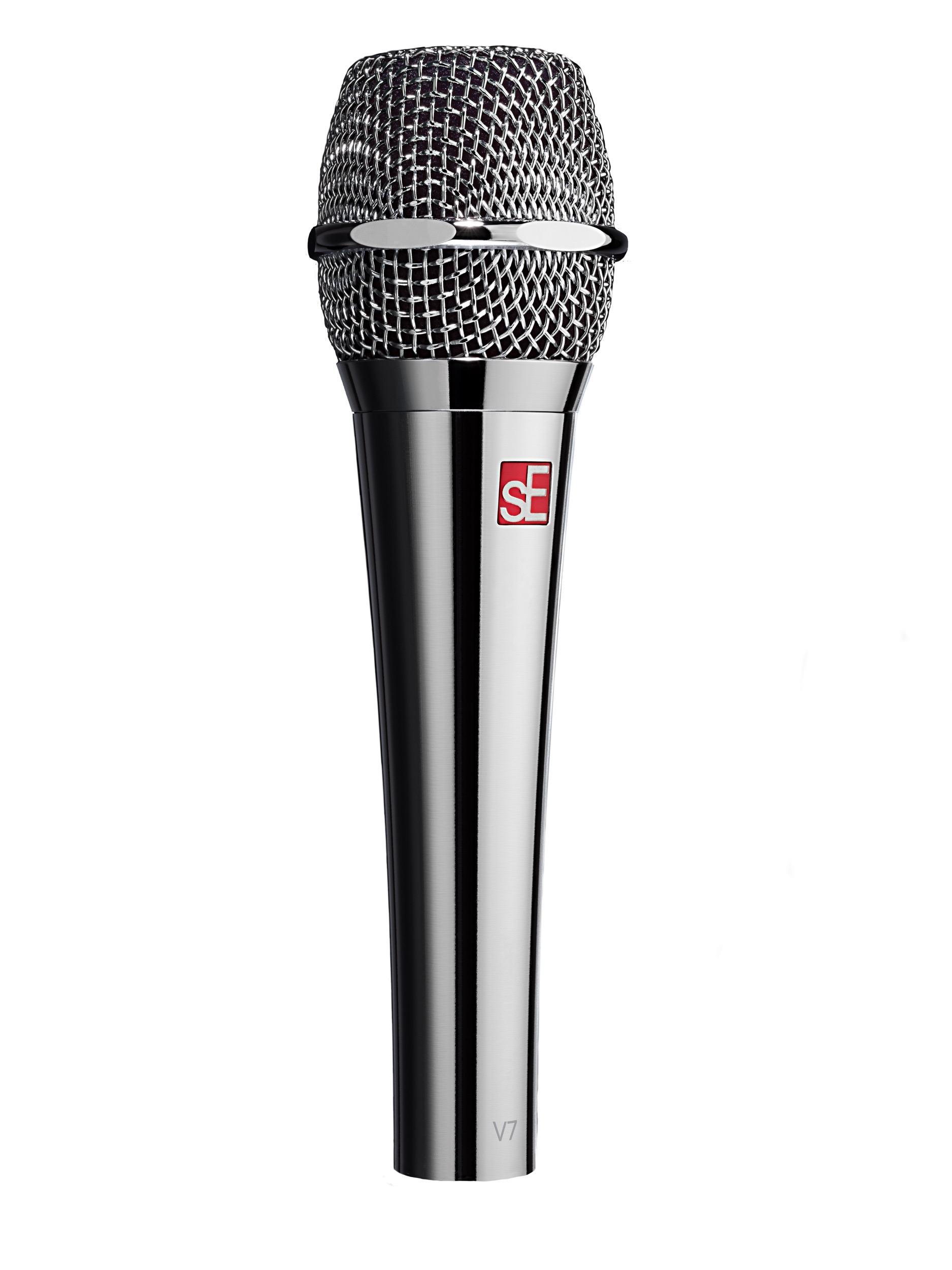
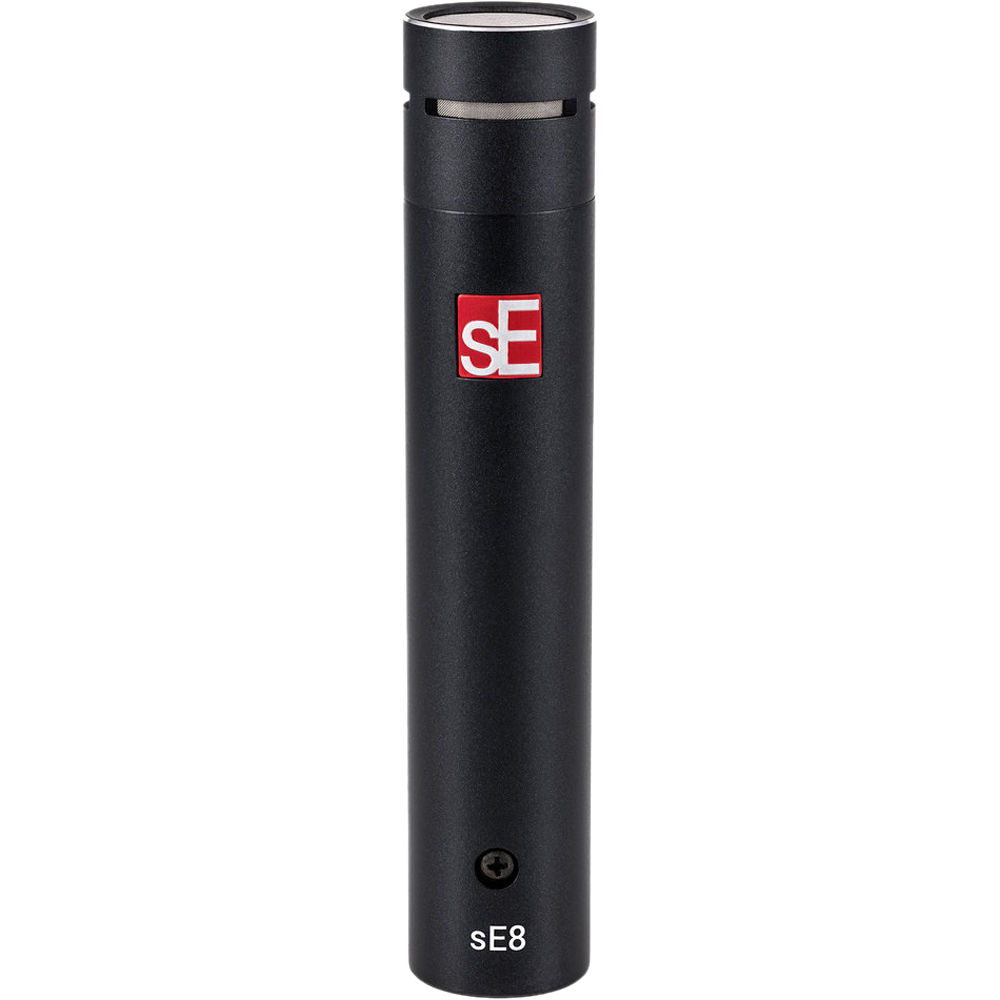 Dynamic microphones are typically used for vocals, and are what you see live musicians use to sing into. The dynamic microphone is designed to handle big booming noise, so you can sing loudly into a vocal microphone without worrying too much about the sound distorting. However, a dynamic microphone is not designed to handle subtle sound. It works well for handling the power of your voice, but when you are trying to accurately record or capture the intricate sounds of a gong then a condenser microphone is better.
Dynamic microphones are typically used for vocals, and are what you see live musicians use to sing into. The dynamic microphone is designed to handle big booming noise, so you can sing loudly into a vocal microphone without worrying too much about the sound distorting. However, a dynamic microphone is not designed to handle subtle sound. It works well for handling the power of your voice, but when you are trying to accurately record or capture the intricate sounds of a gong then a condenser microphone is better.
If you move around while playing your instruments, a wired dynamic microphone may not be the best fit for you. In this case, you will probably want a wireless headset. A wireless headset is a designated voice microphone that will be able to handle a soft voice to loud singing, as you move around a space playing instruments. You won't need to stay close to your wired dynamic microphone at all times, speaking directly into it. The microphone will move with you. This wireless headset is offered in our "wireless" audio package, while our wired dynamic microphone is offered in our "wired" packages.
A condenser microphone is constructed differently then a dynamic microphone, and typically are small and short microphones. The condenser microphone handles delicate sound, and is used for its accuracy. So if you are trying to record the subtle nature of a gong, or crystal bowl a condenser microphone will provide a much more accurate experience than a dynamic microphone. We definitely suggest investing in a condenser microphone if you are wanting to do sound healing online to give your clients the highest quality sound.
The more expensive of microphone you buy, typically you will receive three things. The microphone will be able to 1) capture a wider range of tones; 2) with more accuracy; 3) and, at louder volume. Inexpensive condenser microphones will capture midrange tones well, though if you are going to be wanting to capture the depth of bass in a gong, or the volume of a drum without distorting, then you will want to invest in a more expensive condenser microphone. We use the SE8 condenser microphone for all of our instruments and find it does an excellent job at recording our instruments accurately, without costing too much to do so.
Choosing A Mixer
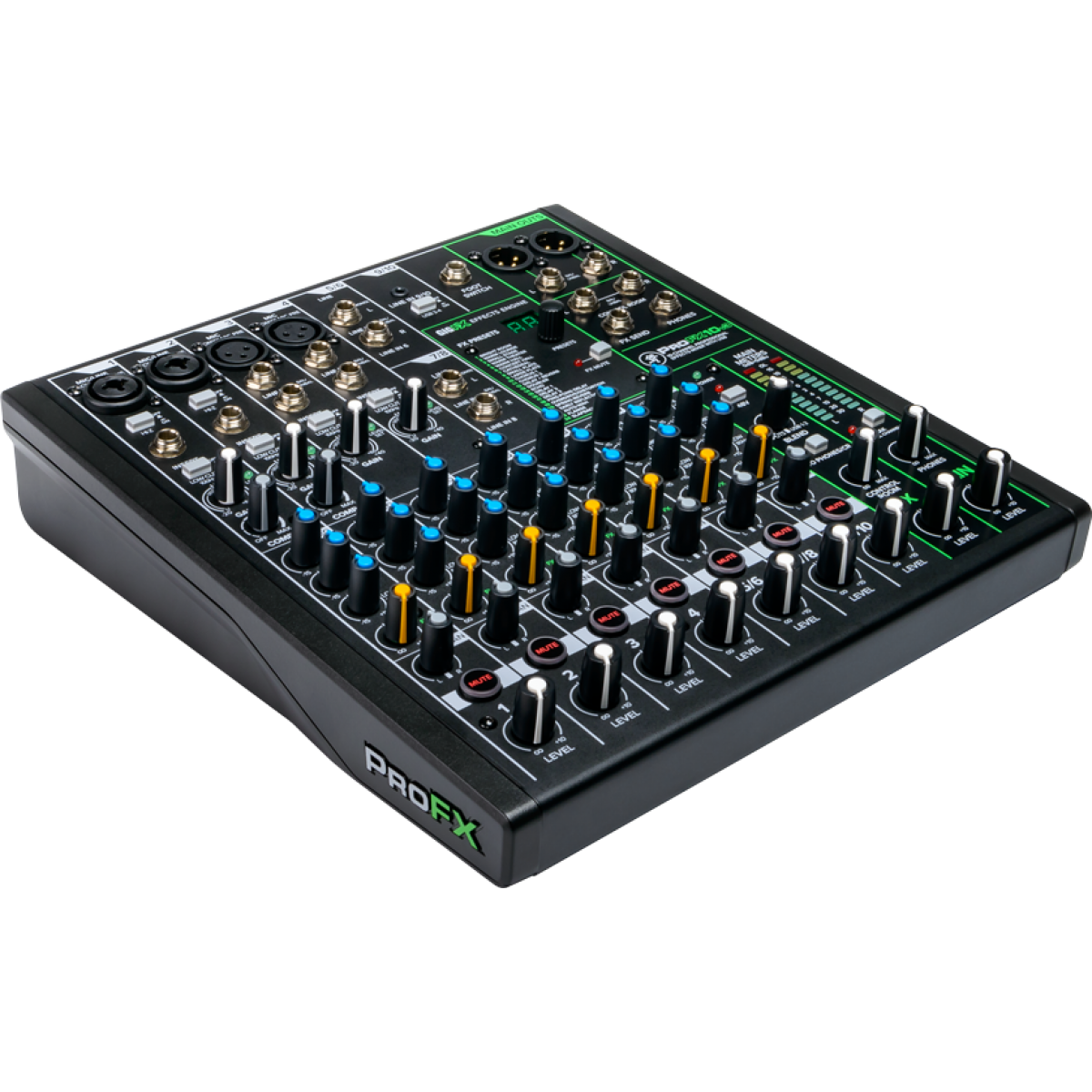 The main things to be concerned about when purchasing a mixer is how many microphones you may need in the future, if you will want to use audio effects like reverb, and if the mixer is USB compatible. Almost any mixer can be hooked up to a live speaker system, so that is not much of a concern.
The main things to be concerned about when purchasing a mixer is how many microphones you may need in the future, if you will want to use audio effects like reverb, and if the mixer is USB compatible. Almost any mixer can be hooked up to a live speaker system, so that is not much of a concern.
With a USB compatible mixer, you can plug the mixer straight into your computer and use it with whatever audio software you choose, including Zoom. You now have the ability to record your sound healing meditations, or do sound baths online through the various online meeting platforms available.
You may think you only need two microphones right now, so only buy a mixer with two microphone inputs. However, if you ever increase the instruments you are using, or in general need more microphones in the future, there would not be anymore room on the two microphone mixer. This would mean you would need to buy a whole new mixer. It is best to buy a mixer that has a few extra xlr microphone inputs, in case you find you need them in the future.
Many mixers have built in audio effects, such as reverb, that you can use to add different qualities to your live Zoom sessions. Each mixer we offer in our audio packages include audio effects.
Arranging Your Microphones For Your Instruments
How Many Microphones Do I Need?
In general we suggest purchasing at least two condenser microphones to go on either side of your instrument set up. This will ensure that you won't run into a situation where certain instruments are being recorded much louder, while other more quiet, because of their orientation to the microphones or because the instruments are so different in their volume. In some cases if your set up is large enough three condenser microphones may be used, though in general two microphones are sufficient to record the majority of people's needs, including crystal bowl sets that contain multiple bowls, gongs and drums. Please read further though, as we detail our suggestions for each type of instrument, to decide if you need more microphones. Please feel free to contact us if you need any assistance in your choice.
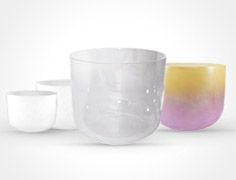 For Crystal Singing Bowls: If you are just trying to use 1-4 crystal bowls that you will have placed staggered in front of you, then you can do with just one condenser microphone. You will just want to place the condenser microphone above the bowls with the bowls somewhat equal distant to the microphone. This can be done in a way where the bowls are all in front of you, easily reachable, and the microphone is mostly or all the way out of the view of the participants. Once you get to 5-9 crystal singing bowls, then you may find that some of the bowls are starting to be recorded much quieter because of their distance to the microphone. We would then suggest getting two condenser microphones. Both the SE7 and SE8 condenser microphones pick up the sound of crystal bowls well.
For Crystal Singing Bowls: If you are just trying to use 1-4 crystal bowls that you will have placed staggered in front of you, then you can do with just one condenser microphone. You will just want to place the condenser microphone above the bowls with the bowls somewhat equal distant to the microphone. This can be done in a way where the bowls are all in front of you, easily reachable, and the microphone is mostly or all the way out of the view of the participants. Once you get to 5-9 crystal singing bowls, then you may find that some of the bowls are starting to be recorded much quieter because of their distance to the microphone. We would then suggest getting two condenser microphones. Both the SE7 and SE8 condenser microphones pick up the sound of crystal bowls well.
 For Gongs: You can place the condenser microphone in front or behind a gong, a few feet away from it with the gain set down. If you are playing crystal bowls and a gong, typically if you position the condenser microphone for the bowls, it will also pick up the gong. However, the settings you will need to play a gong that is crashing and the bowls are typically different. To get the best audio from the gong, and the bowls, it is best to have a dedicated microphone for each, and for the gong to be some distance away from the microphone for the bowls. This will allow you to have a microphone set to not be overwhelmed with the amount of vibration from the crash of the gong, and a microphone that can pick up the bowls. We highly suggest choosing the SE8 condenser microphone for the gongs to get a full note.
For Gongs: You can place the condenser microphone in front or behind a gong, a few feet away from it with the gain set down. If you are playing crystal bowls and a gong, typically if you position the condenser microphone for the bowls, it will also pick up the gong. However, the settings you will need to play a gong that is crashing and the bowls are typically different. To get the best audio from the gong, and the bowls, it is best to have a dedicated microphone for each, and for the gong to be some distance away from the microphone for the bowls. This will allow you to have a microphone set to not be overwhelmed with the amount of vibration from the crash of the gong, and a microphone that can pick up the bowls. We highly suggest choosing the SE8 condenser microphone for the gongs to get a full note.
 For Drums: A condenser microphone can be placed a few feet behind a drum. If you place the microphone in front of the drum the sound will come off slightly muted, as most of the vibration from a drum is directed backwards off the bottom of the drum when you hit it. You will need the gain set down on the mixer to not overwhelm the microphone. So if you are playing a drum and bowls, it may be a good idea to have a dedicated microphone for the drum in the right location to get the best quality sound. We suggest choosing the SE8 condenser microphone if you have a large drum with a deep bass note.
For Drums: A condenser microphone can be placed a few feet behind a drum. If you place the microphone in front of the drum the sound will come off slightly muted, as most of the vibration from a drum is directed backwards off the bottom of the drum when you hit it. You will need the gain set down on the mixer to not overwhelm the microphone. So if you are playing a drum and bowls, it may be a good idea to have a dedicated microphone for the drum in the right location to get the best quality sound. We suggest choosing the SE8 condenser microphone if you have a large drum with a deep bass note.
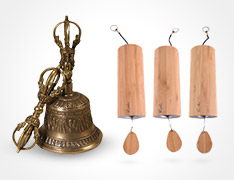 For Chimes: Chimes do not typically need a dedicated microphone separate from your other microphones. If you have a condenser microphone set to pick up the crystal bowls, gong or drums and it is somewhat near the chimes, then the condenser microphone will pick up the sound of the chimes accurately. Chimes can typically just be placed on the side and played as needed without needing to be concerned about their sound.
For Chimes: Chimes do not typically need a dedicated microphone separate from your other microphones. If you have a condenser microphone set to pick up the crystal bowls, gong or drums and it is somewhat near the chimes, then the condenser microphone will pick up the sound of the chimes accurately. Chimes can typically just be placed on the side and played as needed without needing to be concerned about their sound.
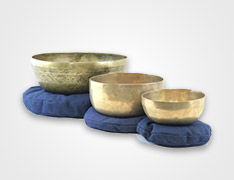 For Tibetan or Himalayan Singing Bowls: It is best to have the condenser microphone a little closer to tibetan singing bowls then for quartz singing bowls. This is to make sure the condenser microphone picks up all the subtleties of the metal bowl as it plays its rich harmonics. It is important to use a condenser microphone for the metal bowls so you can pick up both the low and high notes equally. This is a situation where if you are trying to pick up more than 4 metal bowls, it would be best to have two condenser microphones so that the microphones are close enough to pick up the subtleties of all of bowls.
For Tibetan or Himalayan Singing Bowls: It is best to have the condenser microphone a little closer to tibetan singing bowls then for quartz singing bowls. This is to make sure the condenser microphone picks up all the subtleties of the metal bowl as it plays its rich harmonics. It is important to use a condenser microphone for the metal bowls so you can pick up both the low and high notes equally. This is a situation where if you are trying to pick up more than 4 metal bowls, it would be best to have two condenser microphones so that the microphones are close enough to pick up the subtleties of all of bowls.
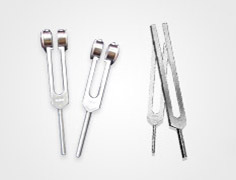 For Tuning Forks: Condenser microphones pick up the sound of tuning forks very well. You will need to activate the tuning fork and place it within one inch of the condenser microphone for the microphone to pick up the vibration loud enough to hear. We suggest using the SE8 microphone as it will have an easier time with the very low tuning forks, such as a 32hz fork.
For Tuning Forks: Condenser microphones pick up the sound of tuning forks very well. You will need to activate the tuning fork and place it within one inch of the condenser microphone for the microphone to pick up the vibration loud enough to hear. We suggest using the SE8 microphone as it will have an easier time with the very low tuning forks, such as a 32hz fork.
Our Audio Equipment Packages For Sound Healing
One Microphone Package - One Condenser Mic

This is simply a great choice for someone who is only using a few instruments (think about the amount of instruments that can fit in a 3'x4' square), and will not be speaking and using the instruments at the same time. If you are speaking and playing the instruments at the same time, it is best to have a designated voice mic and choose a 2 mic package. More information can be found on the product page.
Two Microphone Wired Package - One Condenser and One Dynamic Voice Mic
This is a great choice for someone who is only using a few instruments (think about the amount of instruments that can fit in a 3'x4' square), and needs a designated voice mic because they will be speaking and playing instruments at the same time. More information can be found on the product page.
Two Microphone Wireless Package - One Condenser and One Wireless Voice Mic

This is a great choice for someone who is only using a few instruments (think about the amount of instruments that can fit in a 3'x4' square), and needs a designated voice mic because they will be speaking and playing instruments at the same time. Having the wireless microphone allows you to move around while playing the instruments without being concerned about your voice quality. More information can be found on the product page.
Three Microphone Wired Package - Two Condenser and One Dynamic Voice Mic
The 3 mic packages allow you to play the amount of instruments that would fit in a 3' x 8' rectangle. This is great for someone using 5 bowl to a full chakra set, or for someone using different instruments that need designated microphone, such as a using a gong and multiple crystal bowls at the same time. More information can be found on the product page.
Three Microphone Wireless Package - Two Condenser and One Wireless Voice Mic

The 3 mic packages allow you to play the amount of instruments that would fit in a 3' x 8' rectangle. This is great for someone using 5 bowl to a full chakra set, or for someone using different instruments that need designated microphone, such as a using a gong and multiple crystal bowls at the same time. Having the wireless microphone allows you to move around while playing the instruments without being concerned about your voice quality. More information can be found on the product page.
Four Microphone Wired Package - Three Condenser and One Dynamic Voice Mic
The four microphone wireless package is for people who are using a full chakra set, with other instruments as well, such as a gong, or a drum, where you need multiple microphones for the crystal bowls and also a further microphone for instruments that have a good deal of bass. More information can be found on the product page.
Four Microphone Wireless Package - Three Condenser and One Wireless Voice Mic
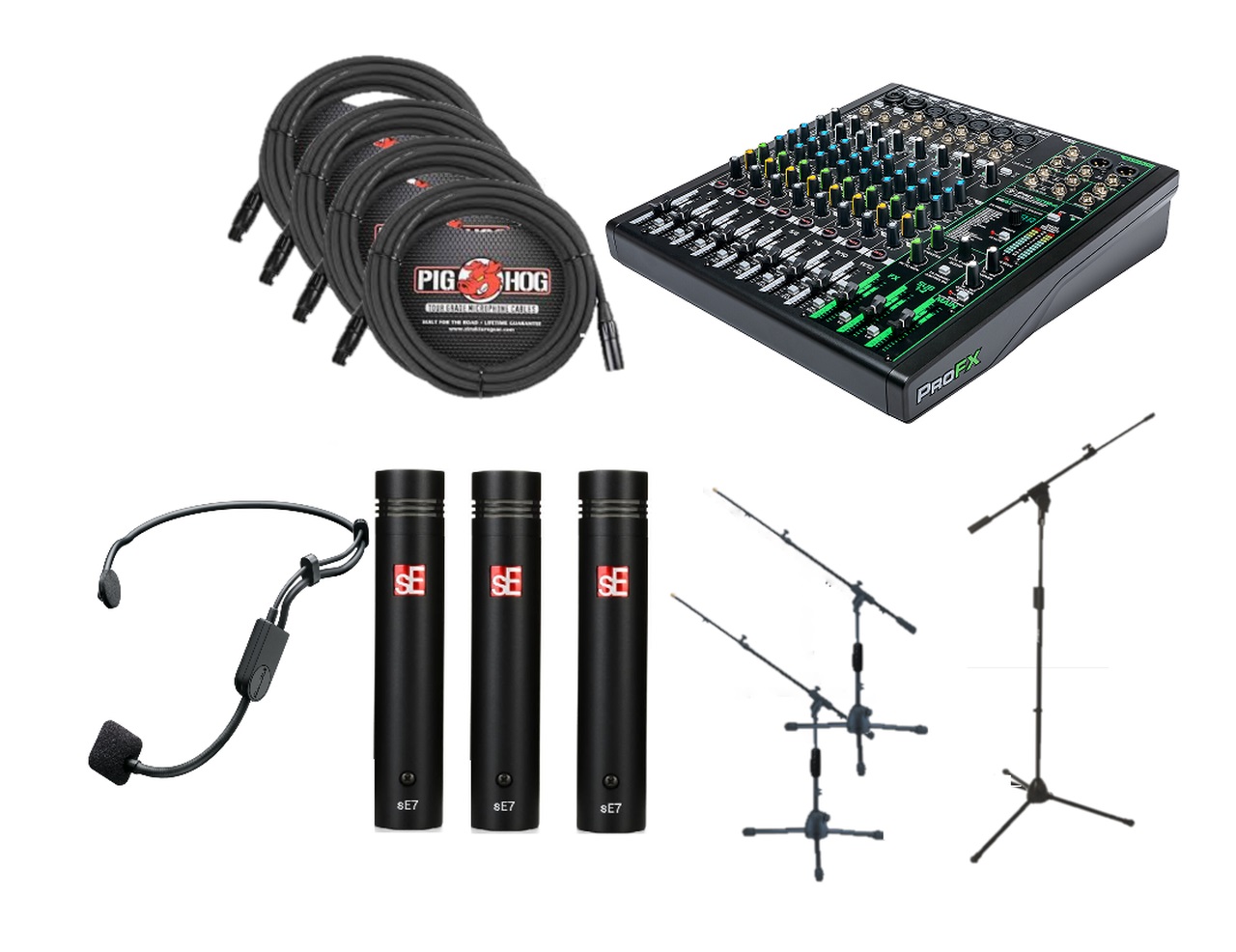
The four microphone wireless package is for people who are using a full chakra set, with other instruments as well, such as a gong, or a drum, where you need multiple microphones for the crystal bowls and also a further microphone for instruments that have a good deal of bass. Having the wireless microphone allows you to move around while playing the instruments without being concerned about your voice quality. More information can be found on the product page.


